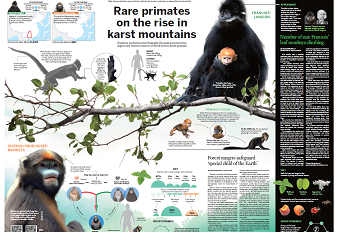Bridge to prosperity






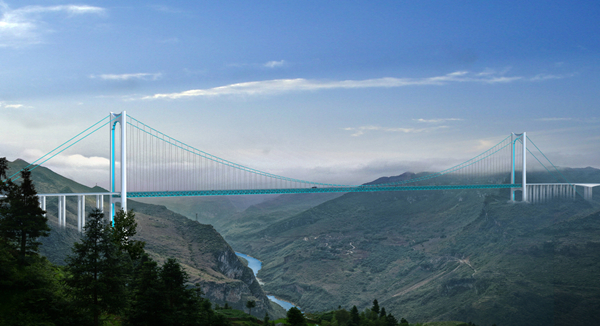
A rendering of the Huajiang Canyon Bridge in Guizhou province, which will open to traffic in 2025. [Photo/ddcpc website]
High over Huajiang Canyon in Guizhou province, a new construction project will integrate nearby scenic spots, link surrounding villages and cut travel times
High over Huajiang Canyon in Guanling county of Anshun, Guizhou province, a new bridge promises to revitalize the local economy by integrating nearby scenic spots, linking surrounding villages and benefiting people living in remote mountain areas.
Upon its completion in 2025, the Huajiang Canyon Bridge will be the world's highest as measured from the water surface – spanning a massive gorge in southwestern China.
"Visitors and vehicles will drive the local economy upward to prosperity," said Yang Xiuyun, deputy director of the Standing Committee of the county's People's Congress and Party secretary of Huajiang town.
Guanling county, with an area of 1,468 square kilometers and a population of 400,000, used to be poor. Rocky desertification – a complex process in which plant life gives way to permeable rocks in a karst landscape – once affected as much as 58 percent of its land. After years of effort, the proportion has dropped to 17 percent, but agricultural and industrial development remain difficult.
While Guanling relies on tourism, limited accessibility has prevented prosperity from arriving in full force. The new bridge brings hope for a reversal of fortune.
Travelers interested in karst landscapes, caves, waterfalls, fossils, ancient trees and ethnic culture will find easy access to a trove of beautiful scenery, inspirational geology and simple silence away from the crowds.
The bridge will provide a major boost. It will help to integrate tourism resources in the region through more convenient traffic and increase the popularity of small attractions that have heretofore been largely out of reach. For example, it will allow for a quick drive between three scenic spots – Huajiang Canyon, Guanling Fossil National Geopark and the Huangguoshu Waterfall, China's largest waterfall.
"It will bring great opportunities to us and play a decisive role in the high-quality development of tourism," said Yang Changhua, director of the canyon's administration office, adding that the attraction is working to improve infrastructure and increase the number of activities offered to tourists.
The 80-kilometer Huajiang Canyon – a fissure in the earth equivalent to the Grand Canyon in the United States – is the longest of its kind in China. Cliffs are as high as 1 kilometer, with a massive number of trees and vines clinging to the walls. Flowers fall on the green, fast-flowing currents below to form a colorful ribbon. It is also why the river is called the Huajiang River: Hua refers to flowers in Chinese.
The canyon is also where the saintly monk Tang Xuanzang met one of his four companions, the fish spirit Sha Wujing, in the classic TV drama Journey to the West.
Inside the canyon there is a replica of an old steel cable bridge that was built in 1628 during the Ming Dynasty (1368-1644). The Red Army crossed this bridge to enter Qianxinan Bouyei and the Miao autonomous prefecture on the famed Long March, an epic strategic military retreat in the mid-1930s. The original bridge was submerged because the water level rose after construction of a hydropower station. Tourists can take yachts or speedboats to see it.
During the May Day holiday last month, it received 100,000 tourist visits. It currently gets around 3,000 visits daily, with a goal of 3 million visits a year, said Yang of the administrative office.
Another highlight of the tourism cluster is Guanling Fossil National Geopark, which features massive numbers of fossils of marine reptiles, invertebrate marine animals and ancient plants dating back 220 million years, all of which help researchers studying the late Triassic epoch.
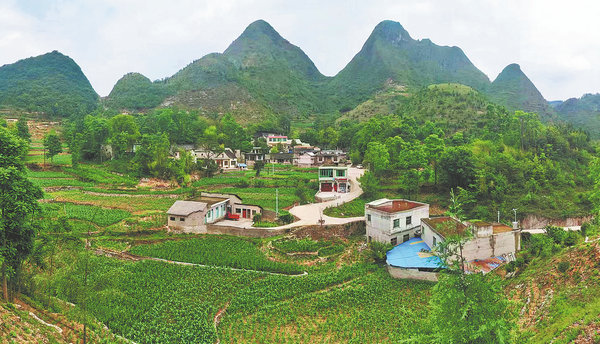
Wuli village in Huajiang town has planned a series of tourism-related projects. [Photo by Liao Tiangui for China Daily]
Villagers' prospects
Residents of Huajiang town have a love-hate relationship with bridges. In 1961, the newly built Huajiang Bridge, as part of Provincial Highway 214, connected Anshun with Qianxinan prefecture. Huajiang, which is situated between Guiyang and Xingyi, ushered in a period of prosperity.
"Many visitors passed through Huajiang. We had about 130 restaurants whose income could reach 2,000 yuan ($281) per day per family, not to mention hotels," the town's Party secretary Yang Xiuyun said.
However, the Beipanjiang Bridge, built in 2003, changed things for the worse by offering a faster long-distance route. After it was built, most vehicles bypassed the town, and the number of restaurants dropped to about 30, Yang said.
Two decades later, the Huajiang Canyon Bridge, a major part of the Liuzhi-Anlong Highway – a provincial expressway currently under construction that features an entrance and exit to the town, will bring travelers back for accommodation. Many residents now sense a business opportunity.
Liao Tiangui, 46, deputy director of Wuli village in Huajiang town, said that more than 100 young migrant workers have returned to join in the catering sector.
The village kicked off a series of tourism-related plans, including the construction of an observation deck, development of bed-and-breakfast inns and restaurants, and the application of a yellow peach planting program, Liao said.
Most residents earn a living by working in big cities, running restaurants or selling Chinese herbs. About 70 percent of its 2,766 people plant corn, mainly to feed pigs.
Liao said villagers have shown great passion for tourism development. For example, they agreed to move pigsties and cow barns to a centralized area to eliminate odors. About 20 families agreed to turn their old, empty houses into bed-and-breakfast inns.
"They said they wanted to change the old, poor image as soon as possible," Liao added.
Xiagu village of Huajiang, which lies inside the canyon, has two hotels and receives about 600 tourists monthly. A desperately poor village before the turn of the millennium, it was transformed with the development of tourism and lives were changed. Per capita annual income increased from 1,000 yuan that time to 10,000 yuan now, according to Deng Dengbin, the village Party secretary.
Residents are encouraged to get jobs or start their own businesses at home based on what they can do – for example, growing fruit, running homestays or working at the attractions, he said.
"We hope the bridge, as an internet icon, will attract more tourists and promote our economy," he said, adding that the village is planning new projects such as cliff hotels.
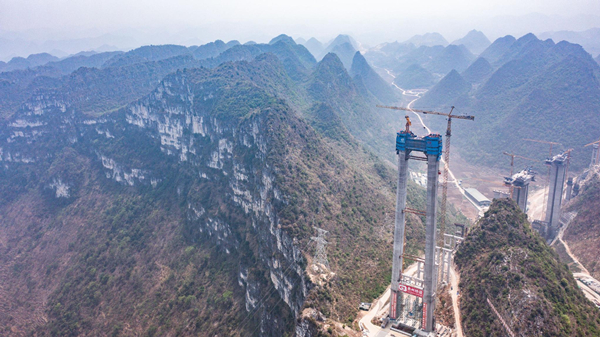
The aerial photo shows the Huajiang Canyon Bridge under construction. [Photo/ddcpc website]
World's highest bridge
The Huajiang Canyon Bridge, which is 2,890 meters long and 625 meters above the river, will be the world's highest when construction is finished in 2025.
Guizhou province is currently promoting a new tourism model that combines its bridges. The Balinghe Bridge, for example, allows tourists to see the Baling River 370 meters below. It held a base-jumping competition in 2012 with contestants from 16 countries. It has since developed a trapeze, paragliding and bungee jumping. Around the current highest bridge, the Beipanjiang Bridge, there are hotel rooms on top of cliffs so that guests can take in breathtaking views of the bridge through their windows.
As a major bridge-tourism integration project of the province during the 14th Five-Year Plan (2021-25), the Huajiang Canyon Bridge folded tourism into its plan in the early stages. A glass sightseeing elevator will be built, with a bar atop the bridge tower and a restaurant in its belly. It also plans to offer extreme sports activities such as bungee jumping and climbing.
Constructing such a high bridge in mountains with complex terrain required the developers to overcome many challenges. For example, strong winds in the canyon cause difficulties in construction. Also, to increase bearing capacity for such a large bridge, it uses concrete with a high proportion of cement. To avoid resonance, decrease wind resistance and improve stability, it uses steel truss girders, said Wang Chaoguo, who is in charge of construction on the Liuzhi side of the canyon for the Guizhou Highway Engineering Group Third Engineering Co.
When it opens to traffic in 2025, driving time between the two sides will be cut from an hour and a half to 2 minutes, benefiting travelers and boosting the regional economy, he added.
京ICP备13028878号-8

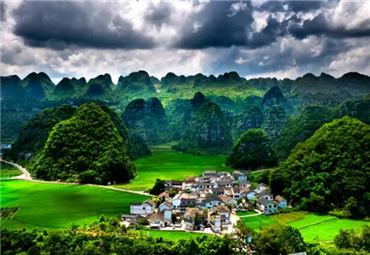 Overview
Overview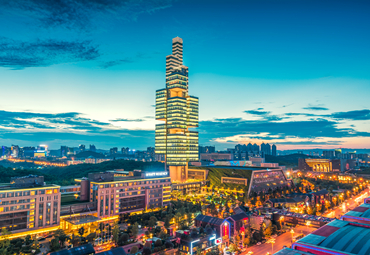 Guiyang
Guiyang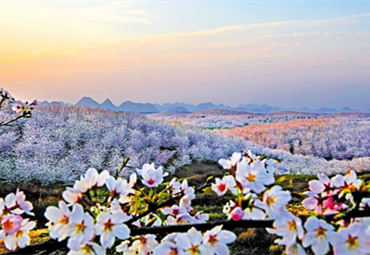 Guian New Area
Guian New Area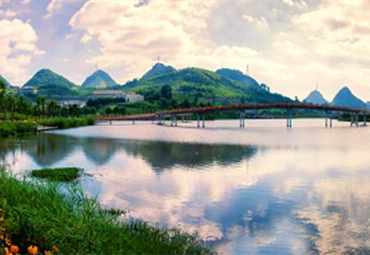 Liupanshui
Liupanshui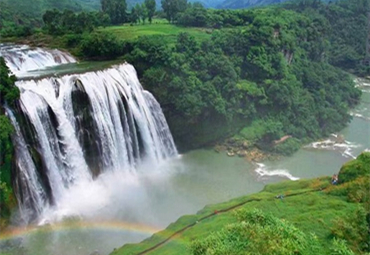 Anshun
Anshun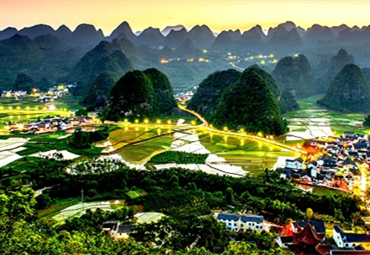 Qianxinan
Qianxinan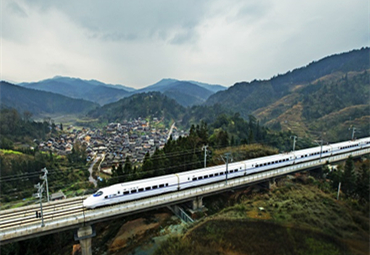 Qiandongnan
Qiandongnan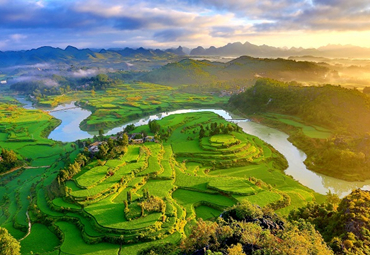 Qiannan
Qiannan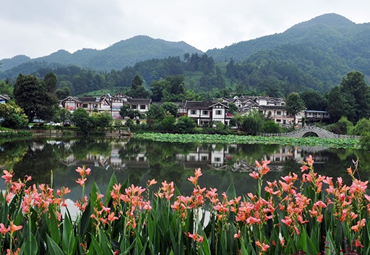 Zunyi
Zunyi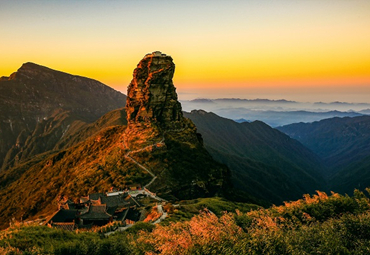 Tongren
Tongren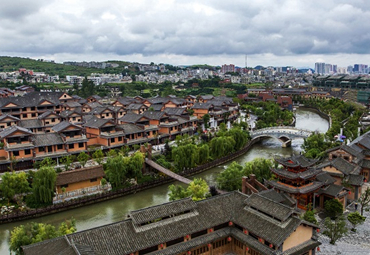 Bijie
Bijie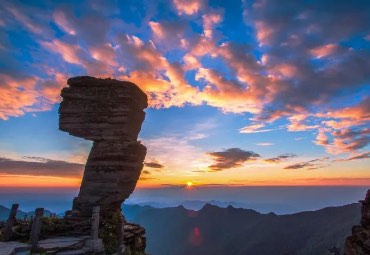 Guizhou fosters cross-cultural bonds in Europe
Guizhou fosters cross-cultural bonds in Europe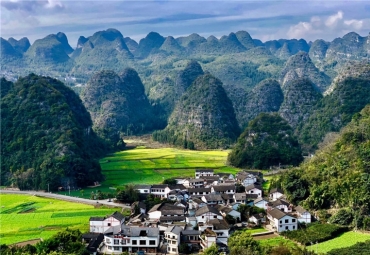 18th Guizhou Tourism Industry Development Conference
18th Guizhou Tourism Industry Development Conference 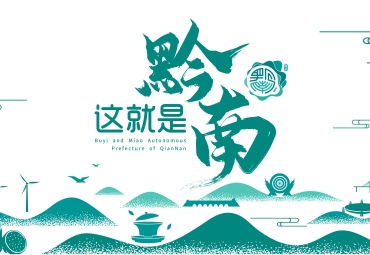 Discover natural beauty in Qiannan, Guizhou
Discover natural beauty in Qiannan, Guizhou 
